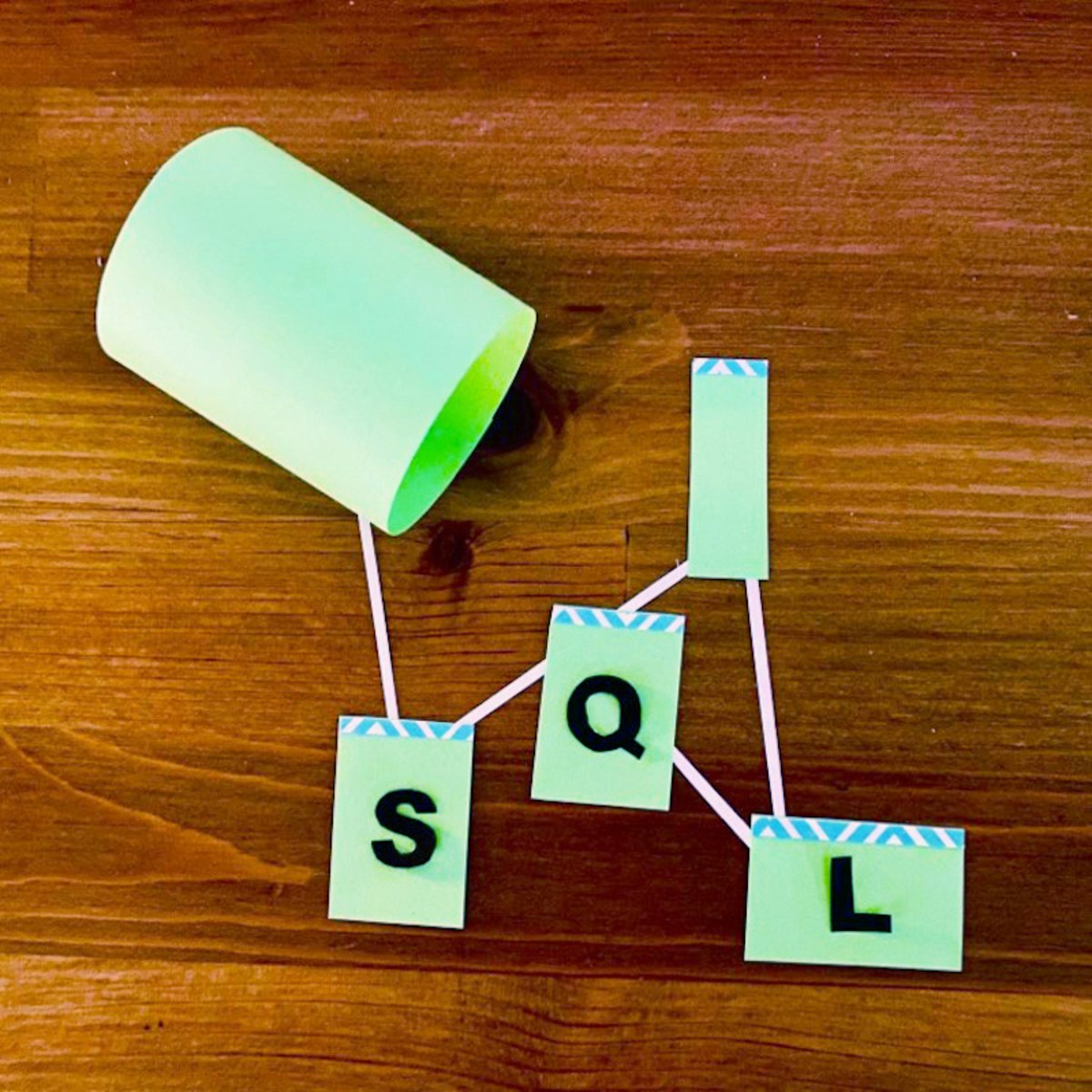Back to Courses









Data Science Courses - Page 140
Showing results 1391-1400 of 1407

Exploratory Data Analysis With Python and Pandas
In this 2-hour long project-based course, you will learn how to perform Exploratory Data Analysis (EDA) in Python. You will use external Python packages such as Pandas, Numpy, Matplotlib, Seaborn etc. to conduct univariate analysis, bivariate analysis, correlation analysis and identify and handle duplicate/missing data.
Note: This course works best for learners who are based in the North America region. We’re currently working on providing the same experience in other regions.

Advanced Linear Models for Data Science 2: Statistical Linear Models
Welcome to the Advanced Linear Models for Data Science Class 2: Statistical Linear Models. This class is an introduction to least squares from a linear algebraic and mathematical perspective. Before beginning the class make sure that you have the following:
- A basic understanding of linear algebra and multivariate calculus.
- A basic understanding of statistics and regression models.
- At least a little familiarity with proof based mathematics.
- Basic knowledge of the R programming language.
After taking this course, students will have a firm foundation in a linear algebraic treatment of regression modeling. This will greatly augment applied data scientists' general understanding of regression models.

Activity Recognition using Python, Tensorflow and Keras
Note: The rhyme platform currently does not support webcams, so this is not a live project.
This guided project is about human activity recognition using Python,TensorFlow2 and Keras. Human activity recognition comes under the computer vision domain. In this project you will learn how to customize the InceptionNet model using Tensorflow2 and Keras.
While you are watching me code, you will get a cloud desktop with all the required software pre-installed. This will allow you to code along with me. After all, we learn best with active, hands-on learning.
Special Feature:
1.Manually label images.
2. Learn how to use data augmentation normalization.
3. Learn about transfer learning using training the pre-trained model InceptionNet V3 on the data.
Note: This project works best for learners who are based in the North America region. We’re currently working on providing the same experience in other regions.

Learning SAS: Reading Raw Data from Fixed Columns
By the end of this project, you will be able to input raw data into SAS by applying the Formatted Input as well as embed raw data directly into SAS via the DATALINES statement.

Basic Sentiment Analysis with TensorFlow
Welcome to this project-based course on Basic Sentiment Analysis with TensorFlow. In this project, you will learn the basics of using Keras with TensorFlow as its backend and you will learn to use it to solve a basic sentiment analysis problem. By the end of this 2-hour long project, you will have created, trained, and evaluated a Neural Network model that, after the training, will be able to predict movie reviews as either positive or negative reviews - classifying the sentiment of the review text.
Notes:
- This course works best for learners who are based in the North America region. We’re currently working on providing the same experience in other regions.

Roadmap to Success in Digital Manufacturing & Design
Learners will create a roadmap to achieve their own personal goals related to the digital manufacturing and design (DM&D) profession, which will help them leverage relevant opportunities. The culminating project provides a tangible element to include in their professional portfolios that showcases their knowledge of Industry 4.0.
This project is part of the Digital Manufacturing and Design Technology specialization that explores the many facets of manufacturing’s “Fourth Revolution,” aka Industry 4.0. To learn more about the specialization and its courses, please watch the overview video by copying and pasting the following link into your web browser: https://youtu.be/wETK1O9c-CA

Social Science Approaches to the Study of Chinese Society Part 2
This course is intended as a first step for learners who seek to become producers of social science research. It is organized as an introduction to the design and execution of a research study. It introduces the key elements of a proposal for a research study, and explains the role of each. It reviews the major types of qualitative and quantitative data used in social science research, and then introduces some of the most important sources of existing data available freely or by application, worldwide and for China. The course offers an overview of basic principles in the design of surveys, including a brief introduction to sampling. Basic techniques for quantitative analysis are also introduced, along with a review of common challenges that arise in the interpretation of results. Professional and ethical issues that often arise in the conduct of research are also discussed. The course concludes with an introduction to the options for further study available to the interested student, and an overview of the key steps involved in selecting postgraduate programs and applying for admission. Learners who complete the course will be able to make an informed decision about whether to pursue advanced studies, and should be adequately prepared to write an application for postgraduate study that exhibits basic understanding of key aspects of social science research paradigms and methodologies.
Explore the big questions in social science and learn how you can be a producer of social science research.
Course Overview video: https://youtu.be/QuMOAlwhpvU
Part 1 should be completed before taking this course: https://www.coursera.org/learn/social-science-study-chinese-society

Introduction to Relational Database and SQL
In this guided project, you will get hands-on experience working with a relational database using MySQL Workbench from Oracle. The basic knowledge you learn will allow you to work with any other relational database.
At the end of this project, you will be able to create a billing report and a club member roster.

Analyze City Data Using R and Tableau
By the end of this project, you will create, clean, explore and analyze San Francisco’s building permit public data. We will use OpenStreetMap API to find the geo-coordinates of buildings using R and RStudio and we will analyze the final results in Tableau. You will learn basic data cleaning techniques using R, create a function to make requests to the OpenStreeMaps API and leverage Tableau to generate insights.
Note: This course works best for learners who are based in the North America region. We're currently working on providing the same experience in other regions.

Overview of Advanced Methods of Reinforcement Learning in Finance
In the last course of our specialization, Overview of Advanced Methods of Reinforcement Learning in Finance, we will take a deeper look into topics discussed in our third course, Reinforcement Learning in Finance.
In particular, we will talk about links between Reinforcement Learning, option pricing and physics, implications of Inverse Reinforcement Learning for modeling market impact and price dynamics, and perception-action cycles in Reinforcement Learning. Finally, we will overview trending and potential applications of Reinforcement Learning for high-frequency trading, cryptocurrencies, peer-to-peer lending, and more.
After taking this course, students will be able to
- explain fundamental concepts of finance such as market equilibrium, no arbitrage, predictability,
- discuss market modeling,
- Apply the methods of Reinforcement Learning to high-frequency trading, credit risk peer-to-peer lending, and cryptocurrencies trading.
